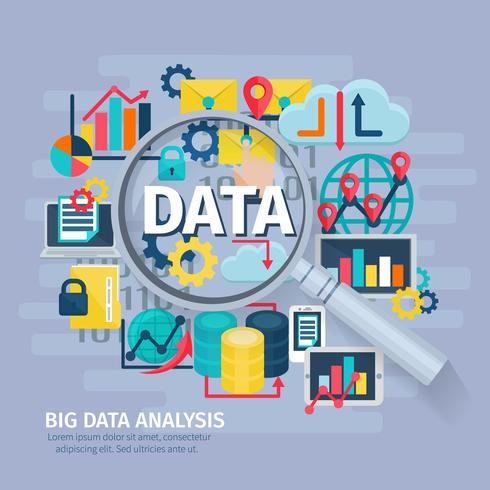
Data analysis is not merely about numbers and statistics – it’s a gateway to unlocking invaluable insights that can drive informed decisions and strategies. In today’s data-driven world, the ability to make sense of vast amounts of information is a skill valued across various industries. From identifying patterns and trends to forecasting future outcomes, data analysis is a powerful tool that allows organizations to extract meaning from complex datasets. By diving deep into the numbers, analysts can unveil hidden opportunities, pinpoint potential risks, and gain a deeper understanding of their business landscape.
Data driven analysis
Types of Data Analysis
When diving into the world of data analysis, it’s important to understand that there are generally three main types of analysis: Descriptive, Predictive, and Prescriptive. Descriptive analysis involves a closer look at historical data to identify patterns and trends, providing valuable insights into what has happened in the past.
Moving beyond Descriptive analysis, we encounter Predictive analysis, which focuses on forecasting future trends based on past data. By utilizing statistical algorithms and machine learning techniques, Predictive analysis allows analysts to make informed predictions and projections.
Prescriptive analysis takes data analysis to the next level by not only predicting future outcomes but also providing recommendations on actions to be taken. By leveraging advanced analytics and modeling techniques, Prescriptive analysis empowers organizations to make strategic decisions that can drive optimal results.
Key Tools for Data Analysis
Firstly, one essential tool for data analysis is statistical software. Programs like R, Python, and SAS are popular choices among data analysts due to their ability to handle complex calculations and perform advanced statistical operations efficiently.
Secondly, data visualization tools play a crucial role in data analysis. Platforms such as Tableau, Power BI, and Google Data Studio enable analysts to create interactive charts, graphs, and dashboards, making it easier to interpret and communicate results to stakeholders.
Lastly, a solid understanding of database querying languages like SQL is invaluable for data analysts. Being able to extract, manipulate, and analyze data directly from databases is a fundamental skill that greatly enhances the efficiency and accuracy of the analysis process.
Best Practices in Data Analysis
When engaging in data analysis, it is crucial to start by clearly defining the goals and objectives of the analysis. Understanding the purpose behind the data examination helps in focusing efforts on relevant insights that can drive decision-making processes efficiently.
Another key best practice in data analysis is ensuring the quality and accuracy of the data being utilized. Cleaning and validating the data sources prior to analysis can significantly impact the reliability of the conclusions drawn. It is essential to identify and address any inconsistencies or errors in the data early on to prevent misleading interpretations.
Lastly, effective data analysis involves utilizing a combination of various tools and techniques to extract meaningful insights. Leveraging both quantitative and qualitative approaches, along with data visualization methods, can enhance the depth and breadth of the analysis. By utilizing a diverse range of analytical methods, data analysts can uncover valuable perspectives that may have otherwise remained hidden.






Recent Comments